Jes Gruner was excited when he told me over the phone that the lions had made their first kill.
A week after their release into the Akagera National Park in the northeast of Rwanda, the lions took down a waterbuck on the lakeshore and were gorging themselves on the carcass.
Gruner, the Park Manager of Akagera, was obviously happy about the report. These are the first wild lions to set foot in the country since the animals were hunted to local extinction 15 years ago, and a kill is a sure sign they are doing well.
The stakes are high for lions in Africa as their numbers plummet across the continent. And the Rwanda reintroduction is a working case study for conservationists on how to move and reintroduce wild lions over long distances, and how to save the species as a whole.
The Search for Lions
Lions were wiped out in Rwanda in the years after the bloody genocide and civil war in 1993 and 1994. Refugees returning from neighboring countries settled in Akagera National Park and other protected areas, then poisoned the predators to protect livestock.
The conspicuous absence of lions from the plains has been a quiet reminder of the atrocities the country had seen.
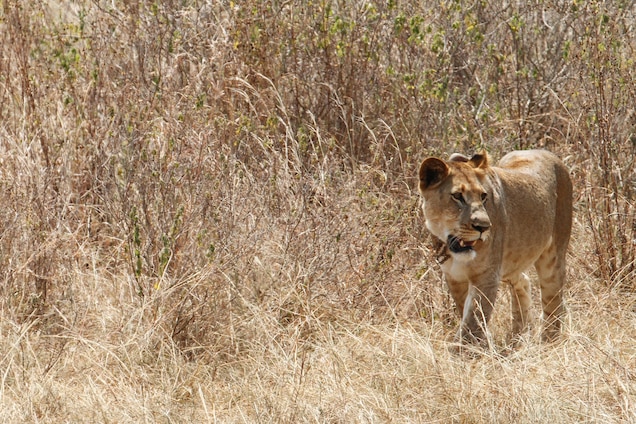
In 2010, the Rwandan government asked African Parks, a conservation organization with much experience rehabilitating wild areas in Africa, to help manage the park and restore the wildlife, infrastructure, and tourism potential.
“We searched for lions for over two years,” Gruner says. “We tried to source from east Africa, but could not get permission from neighboring Kenya. We searched far and wide—Zimbabwe, Mozambique, and Zambia. Eventually, South Africa was the only country willing to help.”
Phinda Game Reserve in Kwa Zulu Natal donated four females and Tembe Elephant Park volunteered two males.
Mixing Genes
Some criticism has been leveled at African Parks for introducing South African lions into Rwanda. East and southern African lions are parts of the same subspecies, but there are some genetic differences based on their geographical origins.
The males introduced in Rwanda originated from Etosha National Park in Namibia, and the females have a mix of genes from Kruger National Park, Kgalagadi National Park, and Etosha.
“All available genetic data we have so far indicate that lions from Etosha are part of a distinct group which does not occur in East Africa,” says Laura Bertola, a researcher at Leiden University Institute of Environmental Sciences. “Just for that reason; I would favor another source for reintroduction in Rwanda.”
According to Andrew Parker, regional manager for African Parks, it’s not easy to find lions that match the exact genetic criteria for reintroduction programs. “Securing lions from East Africa would certainly have been first prize,” he says. “But after spending more than 12 months investigating possibilities and trying to secure lions out of east Africa, and given the subtle genetic distinctions, we decided to move forward in the name of progress, and of conservation of lions.”

Across Africa, wild lion populations are in drastic decline—from an estimated 200,000 a century ago to some 30,000 that live in isolated pockets of the continent today.
“I think it is exciting that lions are returning to Akagera,” says Laly Lichtenfeld, a National Geographic Explorer and big cat conservationist working in east Africa. “Given that the Akagera is fenced, there is a reduced likelihood that lions will disperse and breed with other lions.”
“Ideally I do think it would have been better to source them from east African stock. But, conservation efforts are rarely seamless,” Lichtenfeld adds.
The Journey to Akagera
On June 4, after about 2,000 miles (3,219 kilometers) of travelling—including two charter flights from Johannesburg to Kigali—the lions arrived in Rwanda. It was the longest distance wild lions had ever been moved in Africa.
Thousands of people lined up along the dusty road outside Akagera as a flatbed truck carrying the animals in crates trundled by. School kids stood cheering on the side of the road in their colorful uniforms, hoping to catch a glimpse of the lions. One group held up a sign that read: “We are so glad to welcome lions back in our land.”
Upon arrival at the reserve, the cats were released into temporary quarantine bomas to acclimate to their new surroundings. The lions spent just under a month in quarantine before being released into the park at the end of June.
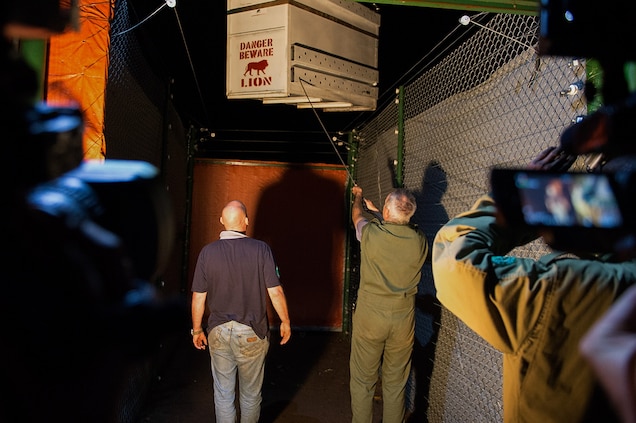
“We foresee the lions wandering the reserve for about six months,” Gruner says. “Then they will probably settle in the grasslands in the north where there are more prey species.”
Gruner hopes to see the lions build a larger pride in the park once they get settled. That not only helps lions, but presents an attraction for tourists to visit the park and Rwanda.
“And finally,” Gruner says jokingly before putting down the phone down, “Let’s hope they don’t eat our rare and precious roan antelope!”
This article was first published by National Geographic on 10 Aug 2015. Lead Image: One of the lions reintroduced to Akagera National Park in Rwanda – Photograph by Jes Gruner.
What you can do
Support ‘Fighting for Wildlife’ by donating as little as $1 – It only takes a minute. Thank you.

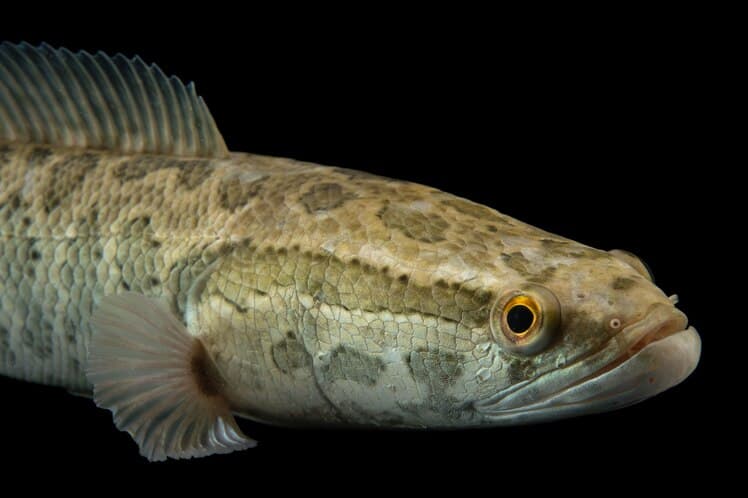
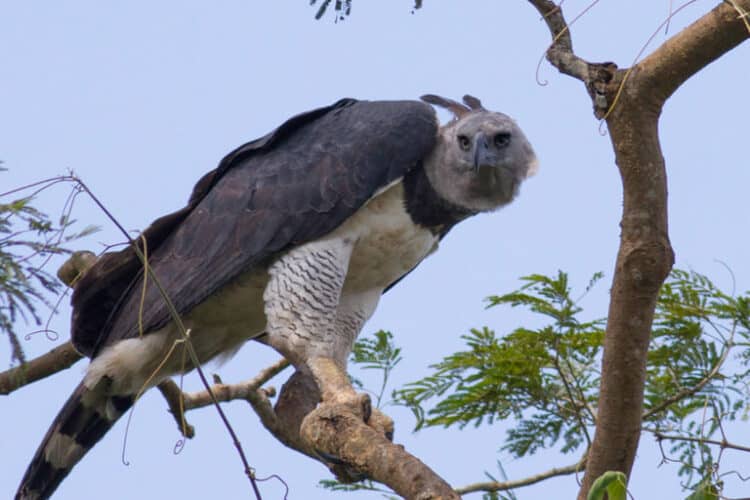
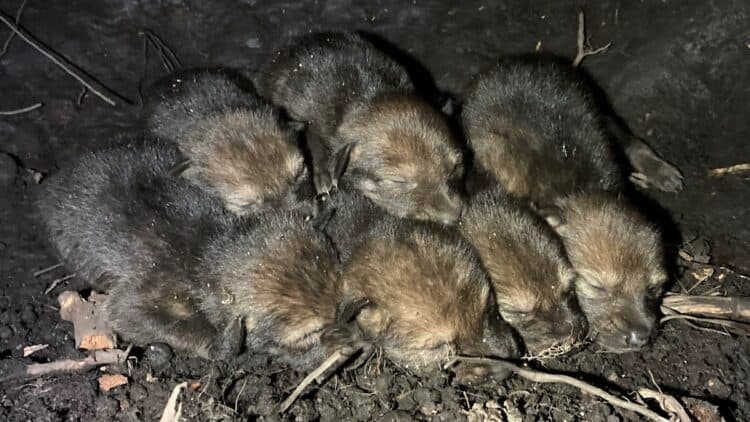



Leave a Reply